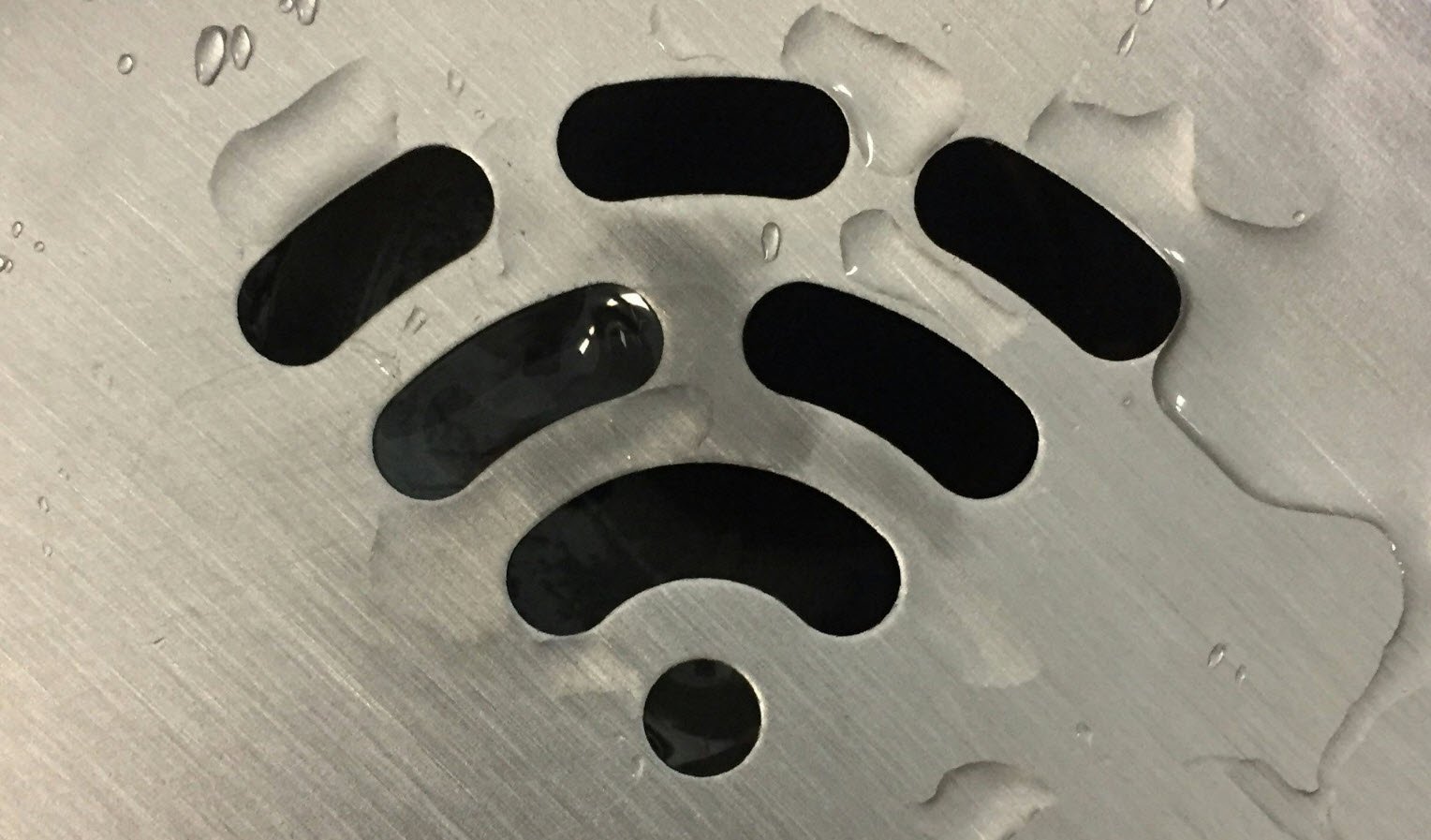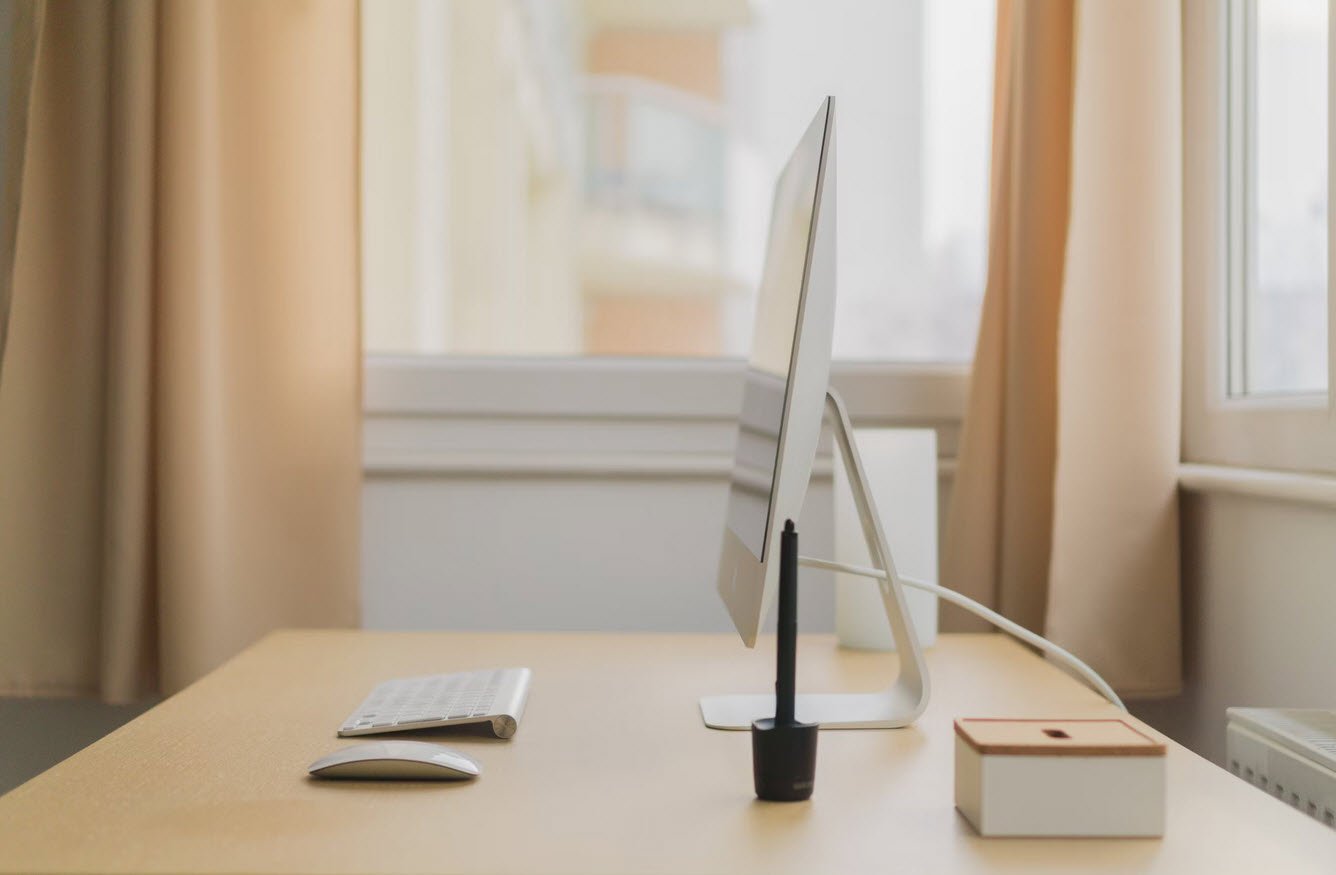
In today’s interconnected world, wireless local area networks (WLANs) have become integral to organizational operations. However, the convenience of wireless connectivity also introduces potential vulnerabilities that malicious actors may exploit. To fortify defenses, organizations conduct wireless vulnerability assessments, systematically identifying and documenting potential weaknesses in their WLAN infrastructure.
This article explores the key steps in the wireless vulnerability assessment process and underscores its importance in maintaining a secure digital environment.
The Wireless Vulnerability Assessment Process
The wireless vulnerability assessment is a proactive strategy to identify and address vulnerabilities in an organization’s WLAN. The following steps are essential components of this assessment process:
1. Planning, Scheduling, and Notification:
Unlike some invasive testing processes, wireless penetration testing is non-invasive and can be conducted without notifying system administrators. However, scheduling unannounced scans is advisable to prevent administrators from intentionally disabling wireless access points on scheduled test days to avoid detection. Rotating testing times and days is crucial to identifying intermittent projects and devices.
2. Target Selection:
Comprehensive scanning is performed across all areas of the organization’s premises, with special attention given to publicly accessible areas, regions within range of commonly available products (such as 802.11b), and places where visitors may linger unnoticed. Periodic testing of all locations is necessary due to the unpredictable nature of wireless signals.
3. Test Selection:
Wireless scanning tools are employed to identify all WLAN signals that fall below the organization’s minimum encryption strength standards. This ensures that any potential vulnerabilities are thoroughly examined, emphasizing the importance of encryption in maintaining a secure wireless network.
4. Scanning:
A walking scan covers the entire target area, pinpointing WLAN access points lacking cryptographic security. This phase aims to identify potential vulnerabilities that could be exploited by unauthorized users.
5. Analysis:
- Skilled vulnerability analysts play a crucial role in this phase, sifting through test results to identify genuine vulnerabilities. The analysis involves:
- Removing false-positive candidates with minimal disruption or damage.
- Documenting results through screen shots or other forms of evidence (often referred to as trophies) to convince skeptical administrators and record transient devices that may be offline later.
6. Record Keeping:
Effective reporting is key to communicating and following up on identified vulnerabilities. Proper documentation maximizes the impact of the vulnerability assessment, facilitating efficient remediation efforts.
Conclusion
In the ever-evolving landscape of cybersecurity, organizations must remain vigilant in addressing potential threats. The wireless vulnerability assessment process serves as a proactive measure to identify and document vulnerabilities in WLANs, allowing organizations to fortify their defenses against malicious actors.
By following a structured approach that includes planning, thorough testing, expert analysis, and meticulous record-keeping, organizations can ensure that their wireless networks remain secure and resilient to emerging cyber threats. As wireless technologies continue to advance, ongoing vulnerability assessments will be paramount in safeguarding organizational assets and maintaining the integrity of digital infrastructures.








